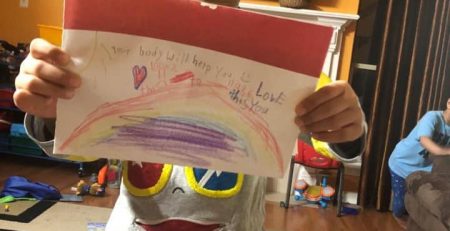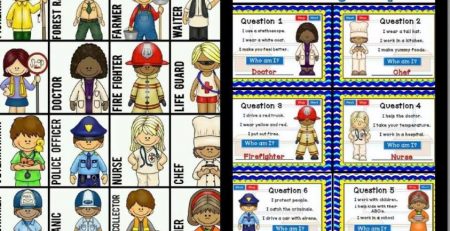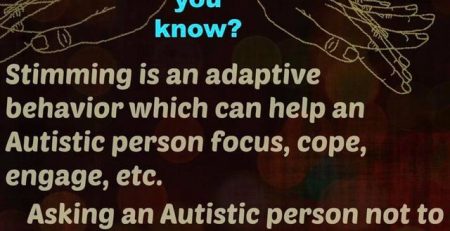Shine Avi Learning Centre
*Working Memory and Autism !!*Working memory is a cognitive system with a limited capacity that is responsible for temporarily holding information available for processing. Working memory is important for reasoning and the guidance of decision-making and behavior.Working memory is key to learning. Here are five ways children use working memory to learn.A majority of the research has found that individuals with autism perform poorly on measures of executive function.A general decrease in working memory (WM) is one of the limitations*1. Working Memory and Accessing Information*There are two types of working memory: auditory memory and visual-spatial memory. You can think of these skills in terms of making a video. Auditory memory records what you’re hearing while visual-spatial memory captures what you’re seeing. But that’s where working memory’s similarity with making a video ends.When you make a video, visual and auditory information is stored for safekeeping and can be played back when you need to access it. You don’t necessarily need to pay attention to details when you’re filming. Working memory, on the other hand, isn’t just stored for later use. It has to be accessed and “played back” immediately—even as new information is arriving and needing to be incorporated.Imagine a teacher reads a word problem in math class. Kids need to be able to keep all the numbers in their head, figure out what operation to use and create a written math problem at the same time.Kids with weak working memory skills have difficulty grabbing and holding on to that incoming information. This means they have less material to work with when they’re performing a task.In math class, they may know how to do different kinds of calculations. However, they run into trouble with word problems. It’s difficult to listen for clue words that indicate which operation to use, while at the same time remembering the numbers that need to be plugged into the equation.*2. Working Memory and Remembering Instructions*Kids rely on both incoming information and information stored in working memory to do an activity. If they have weak working memory skills, it’s hard to juggle both. This can make it challenging to follow multi-step directions. Kids with weak working memory skills have trouble keeping in mind what comes next while they’re doing what comes now. For example, your child may not be able to mentally “go back” and recall what sentence the teacher wanted written down while also trying to remember how to spell out the words in that sentence.*3. Working Memory and Paying Attention*The part of the brain responsible for working memory is also responsible for maintaining focus and concentration. Here, working memory skills help kids remember what they need to be paying attention to. Take, for example, doing a long division problem. Your child needs working memory not only to come up with the answer, but also to concentrate on all of the steps involved in getting there.Kids with weak working memory skills have trouble staying on task to get to the end result. You could think of it like the learning equivalent of walking into a room and forgetting what you came in to get.*4. Working Memory and Learning to Read*Working memory is responsible for many of the skills children use to learn to read. Auditory working memory helps kids hold on to the sounds letters make long enough to sound out new words. Visual working memory helps kids remember what those words look like so they can recognize them throughout the rest of a sentence.When working effectively, these skills keep kids from having to sound out every word they see. This helps them read with less hesitation and become fluent readers. Learning to read isn’t as smooth a process for kids with weak working memory skills.*5. Working Memory and Learning Math*Being able to solve math problems depends on a number of skills that build on one another like building blocks. The block at the bottom—the most important one in the stack—is the ability to recognize and reproduce patterns. It’s the foundation for the next block: seeing patterns in numbers in order to solve and remember basic math facts.From there, kids build up to storing information about a word problem in their head; they then use that information to create a number sentence to solve the problem. This eventually leads to the ability to remember mathematical formulas.What keeps the blocks from toppling over is the ability to remember, sequence and visualize information—all of which can be difficult for a child with weak working memory skills.








Leave a Reply